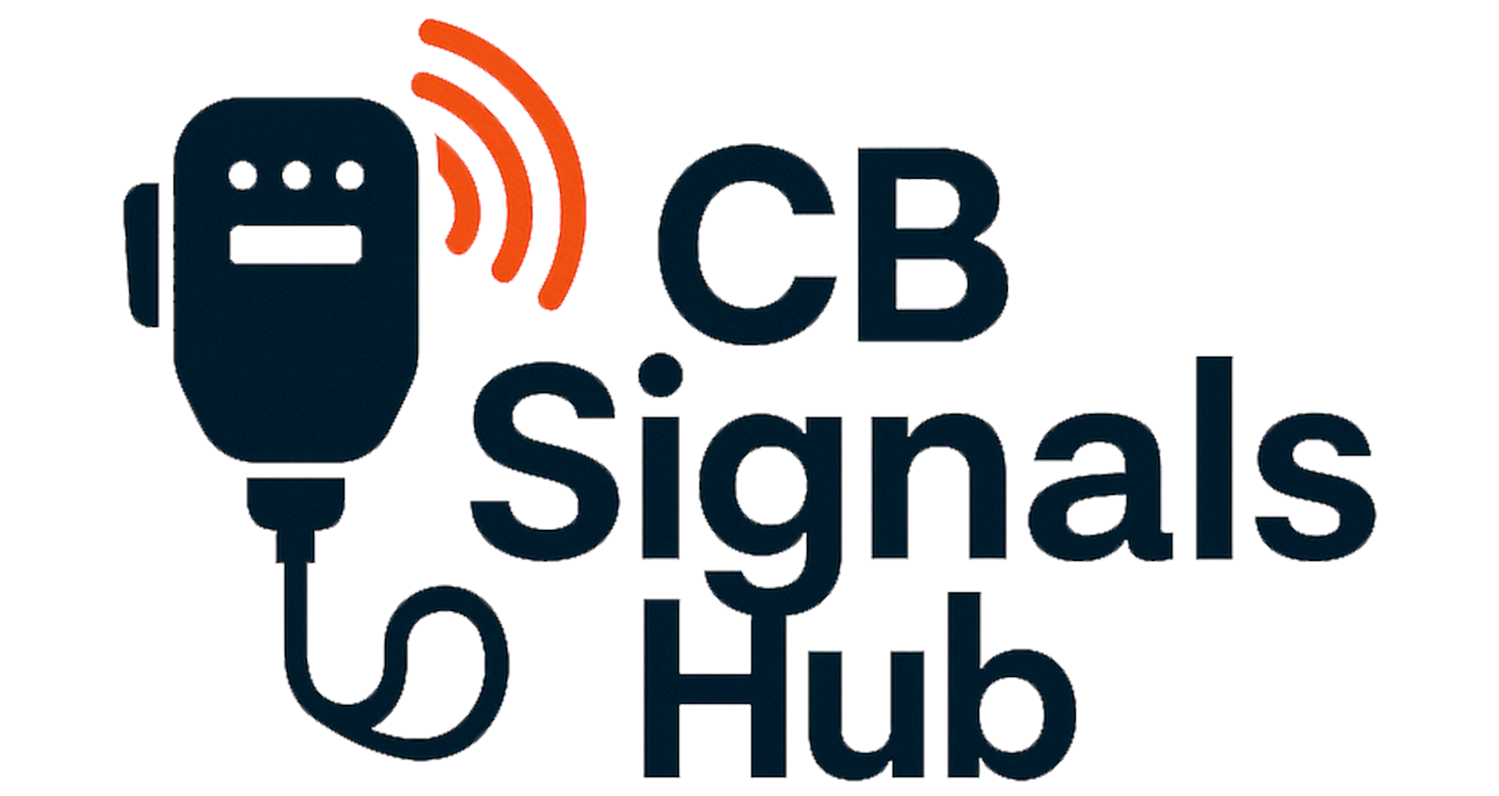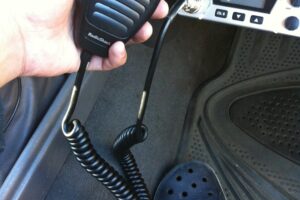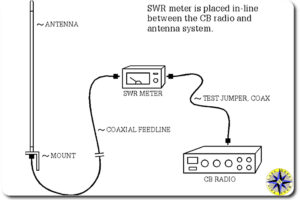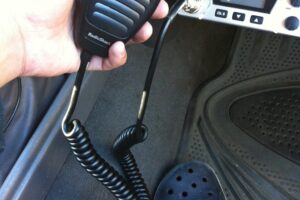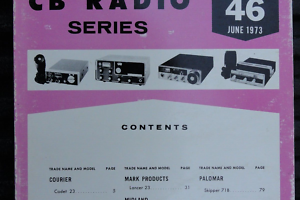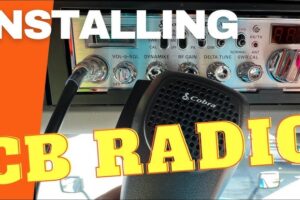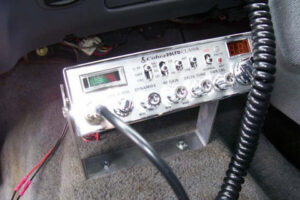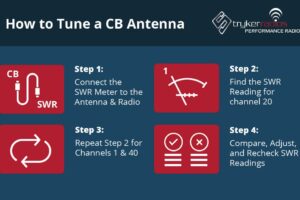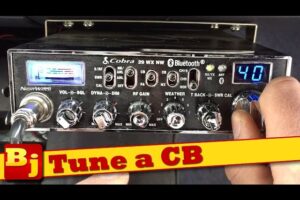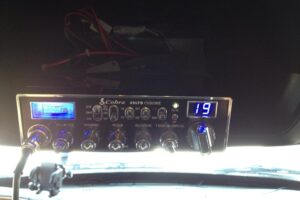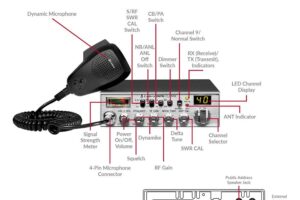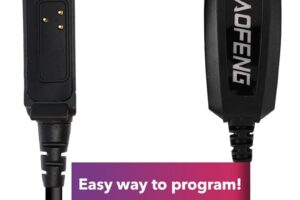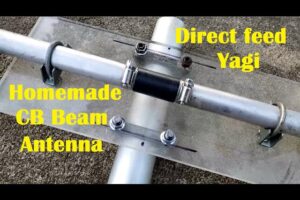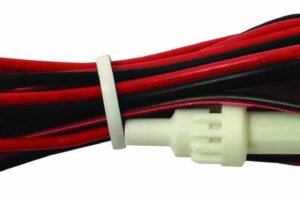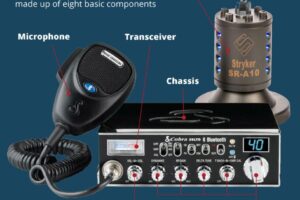How to Test CB Radio: A Step-by-Step Guide for Beginners
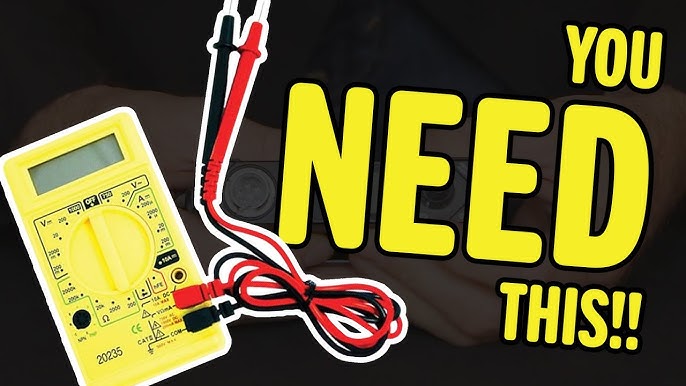
Testing a CB radio is straightforward. First, ensure all connections are secure.
Then, use the radio to check transmission and reception. CB radios are vital for communication in various scenarios. From truck drivers to hobbyists, many rely on them daily. Knowing how to test your CB radio ensures it works when needed.
This guide will help you check your CB radio quickly and effectively. Whether you are a novice or an experienced user, these steps are simple. Learn to confirm your radio’s functionality and stay connected. Let’s dive into the process and ensure your CB radio is always ready.
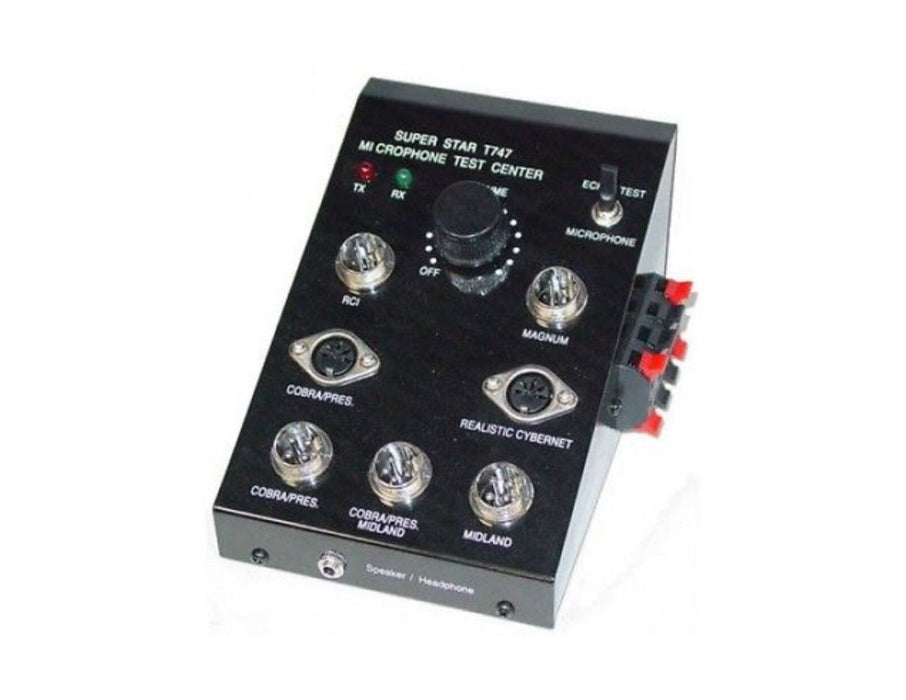
Credit: cbradiosupply.com
Introduction To Cb Radio Testing
Testing a CB radio is essential for ensuring it works properly. If you’re new to CB radios, understanding how to test them can seem overwhelming. This guide will introduce you to the basics of CB radio testing. You’ll learn why testing is important and how to perform these tests effectively.
Basics Of Cb Radios
CB radios are two-way communication devices. They operate on 40 shared channels. Users can send and receive messages within a limited range. These radios are popular among truckers, hobbyists, and emergency services. CB radios use AM (Amplitude Modulation) for transmitting signals.
Each CB radio consists of a transceiver, microphone, and antenna. The transceiver is the main unit. It processes the signals. The microphone lets you speak to others. The antenna sends and receives the radio waves. Knowing the parts helps in understanding how to test the radio.
Importance Of Testing
Testing your CB radio is crucial. It ensures the device works correctly. A malfunctioning radio can lead to communication failures. You might miss important messages. Regular testing helps identify issues early. This allows for timely repairs or adjustments.
Testing also optimizes your radio’s performance. It ensures clear and strong signals. This is vital in emergencies. A well-tested radio ensures you can rely on it when needed. Regular testing also prolongs the lifespan of your CB radio. It keeps the device in good condition.
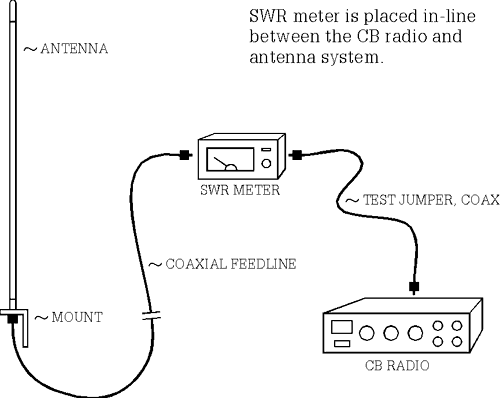
Credit: www.firestik.com
Necessary Equipment
Testing your CB radio is essential to ensure it works properly and communicates effectively. To do this, you need some specific equipment. Here’s a list of the necessary tools you’ll need to get started:
Cb Radio
Your CB radio is the heart of the setup. Without it, there’s nothing to test. Ensure your CB radio is in good condition and has all the required cables and connectors. A well-maintained radio will make the testing process smoother.
Antenna
An antenna is crucial for transmitting and receiving signals. A poor-quality antenna can lead to weak signals and poor performance. Make sure your antenna is compatible with your CB radio and is installed correctly. An adjustable antenna can help fine-tune your setup for optimal performance.
Power Supply
A reliable power supply ensures your CB radio operates at its best. You can use your vehicle’s battery or a dedicated power supply unit. Consistent power is vital for clear communication. Check all connections to prevent power interruptions.
Swr Meter
A Standing Wave Ratio (SWR) meter is an indispensable tool for testing your CB radio. It helps you measure how efficiently your antenna is transmitting the signal. By using an SWR meter, you can adjust your antenna to reduce signal loss and avoid potential damage to your radio.
Have you ever had trouble getting a clear signal on your CB radio? With the right equipment and proper testing, you can enjoy crisp, reliable communication. Happy testing!
Setting Up Your Cb Radio
Setting up your CB radio is essential for optimal performance. This guide will help you through the process. Follow these steps to ensure your CB radio works efficiently.
Choosing A Location
First, find a good spot for your CB radio. Choose a location that is accessible and convenient. Ensure it is away from any electronic devices. This helps to avoid interference. A clear area allows for better signal reception.
Mounting The Antenna
Next, mount the antenna properly. The antenna is crucial for signal strength. Place it as high as possible. Higher antennas catch more signals. Use a sturdy mount to keep it secure. Ensure the antenna is straight and not bent.
Connecting The Power Supply
Finally, connect the power supply. Your CB radio needs a stable power source. Use the car battery or an external power source. Ensure the connections are tight and secure. This prevents power loss and keeps your radio running smoothly.
Adjusting The Antenna
Testing your CB radio starts with adjusting the antenna for the best reception and transmission. An improperly adjusted antenna can lead to poor communication and frustration. Let’s dive into how you can get your antenna just right.
Checking Antenna Length
The length of your antenna is crucial. A mismatched antenna length can cause poor signal quality. Make sure your antenna is the correct length for your specific CB radio model.
Use an SWR meter to measure the standing wave ratio. A low SWR reading indicates that your antenna length is optimal. If the reading is high, you need to adjust the length.
Most antennas are adjustable. If your SWR reading is high, try lengthening or shortening the antenna slightly. Recheck the SWR until you get the best reading.
Fine-tuning For Best Performance
After adjusting the length, you need to fine-tune your antenna for the best performance. This step ensures you get the clearest signal possible.
Start by adjusting the antenna tip or whip. Move it up or down in small increments. Check your SWR meter after each adjustment.
Once your SWR reading is optimal, take your CB radio for a test drive. Communicate with others to see if you’re getting a clear signal. If not, repeat the fine-tuning process.
Don’t forget to check for any physical obstructions. Antennas need a clear path to transmit signals effectively. Relocate your antenna if necessary.
Have you ever noticed how a small adjustment can make a big difference? The same goes for your CB radio antenna. Fine-tuning might seem tedious, but it’s worth the effort.
What adjustments have worked best for you? Share your tips and tricks with fellow CB radio enthusiasts. Your insights could help someone else improve their setup.
Remember, a well-adjusted antenna is key to effective communication. Take the time to get it right, and you’ll enjoy better performance from your CB radio.
Using The Swr Meter
Testing your CB radio is essential for clear and reliable communication. One of the most effective tools for this task is the SWR meter. This device helps ensure your CB radio operates correctly. It also prevents damage to your equipment. Understanding how to use an SWR meter is crucial for any CB radio user.
What Is Swr?
SWR stands for Standing Wave Ratio. It measures the efficiency of the antenna system. A lower SWR means your antenna is transmitting signals efficiently. High SWR levels indicate problems in the antenna setup. This can lead to poor performance or damage.
How To Read Swr Meter
Reading an SWR meter is straightforward. First, connect the meter between your CB radio and antenna. Turn on your CB radio. Set the meter to the “FWD” position. Press the transmit button on your radio. Adjust the meter’s calibration knob until the needle points to the “Set” position.
Next, switch the meter to the “REF” position. Press the transmit button again. The needle will show the SWR reading. Ideally, the reading should be 1.5 or lower. Readings above 2.0 indicate issues that need fixing.
Regularly check your SWR levels. Doing so ensures your CB radio remains in good working condition. It also helps maintain clear communication.
Testing Transmission
Testing the transmission of your CB radio is crucial. It ensures clear communication. This process involves making test calls and checking signal strength. Let’s explore these steps in detail.
Making Test Calls
Start by making test calls. Turn on the CB radio. Select an open channel. Hold the microphone button. Speak clearly and say, “Test call.” Release the button and wait for a response.
If someone responds, ask them about the clarity of your voice. A clear voice means good transmission. If not, check your equipment. Make sure all connections are secure. Repeat the test call to confirm.
Checking Signal Strength
Next, check the signal strength. Look at the signal meter on your CB radio. It shows the strength of incoming and outgoing signals. A higher reading means a stronger signal.
Move to different locations. Notice changes in signal strength. If the signal is weak, check your antenna. Ensure it is positioned correctly. Adjust the antenna and observe any improvements.
Test at various times of the day. Signals can vary. Consistent strong signals indicate good transmission. If problems persist, consider professional help.
Troubleshooting Common Issues
Testing your CB radio can sometimes reveal common issues. Understanding these problems helps you fix them quickly. This section will guide you through troubleshooting some frequent issues.
Poor Signal Quality
Poor signal quality is a common problem. Check your antenna first. Ensure it is properly connected and not damaged. A damaged antenna can cause weak signals. Adjust the antenna’s position. This can improve signal strength. Also, check the coaxial cable. It should be intact and securely connected. Replace it if you find any damage. Lastly, ensure your CB radio is on the right frequency. Wrong frequencies can lead to poor signal quality.
Interference Problems
Interference can disrupt your CB radio’s performance. Identify the source of interference first. Electrical devices can cause signal interference. Turn off nearby electrical devices. This can reduce interference. Also, check your vehicle’s engine. Sometimes, the engine can cause interference. Use noise filters to minimize this. Additionally, ensure your antenna is in the correct position. A misaligned antenna can pick up unwanted signals. Proper alignment can help reduce interference.

Credit: www.youtube.com
Maintaining Your Cb Radio
Maintaining your CB radio is vital for its longevity and performance. Regular care ensures the radio works well and lasts longer. This guide will help you keep your CB radio in top shape.
Regular Inspections
Check your CB radio often. Look for loose connections and signs of wear. Inspect the antenna and cables. Tighten any loose parts. Replace damaged cables. A quick inspection can prevent bigger issues.
Cleaning And Upkeep
Dust and dirt can harm your CB radio. Clean it regularly with a soft cloth. Use a gentle cleaner for stubborn grime. Avoid getting liquid inside the radio. Clean the microphone and speaker grills too.
Frequently Asked Questions
How Do You Test A Cb Radio To See If It Works?
To test a CB radio, connect the antenna and power supply. Turn on the radio, select a channel, and transmit a signal. Ensure you receive responses to verify functionality.
How To Do A Radio Check On Cb?
Turn on your CB radio. Select an unused channel. Press the mic button and say, “Radio check. ” Release the button and listen for a response.
How To Test Cb Radio Coax?
To test a CB radio coax, use an SWR meter. Connect the meter between the radio and the antenna. Key the microphone and read the SWR value. An ideal reading is 1:1. Adjust antenna length if necessary to improve SWR.
How To Check Cb Radio Antenna?
To check a CB radio antenna, use an SWR meter. Connect the meter between the radio and the antenna. Measure the SWR reading; it should be below 2:1 for optimal performance. Adjust the antenna length if needed to achieve the best reading.
Conclusion
Testing your CB radio is straightforward. Ensure the radio is connected well. Check the microphone and speaker clarity. Adjust the squelch control for noise reduction. Make a test call to verify transmission quality. Use a SWR meter to test signal strength.
This helps optimize the radio’s performance. Regular testing keeps your CB radio reliable. It’s essential for clear communication. A well-tested radio ensures your voice reaches far and wide. Stay connected and enjoy seamless conversations. Keep these tips handy for future radio checks.
Happy communicating!
